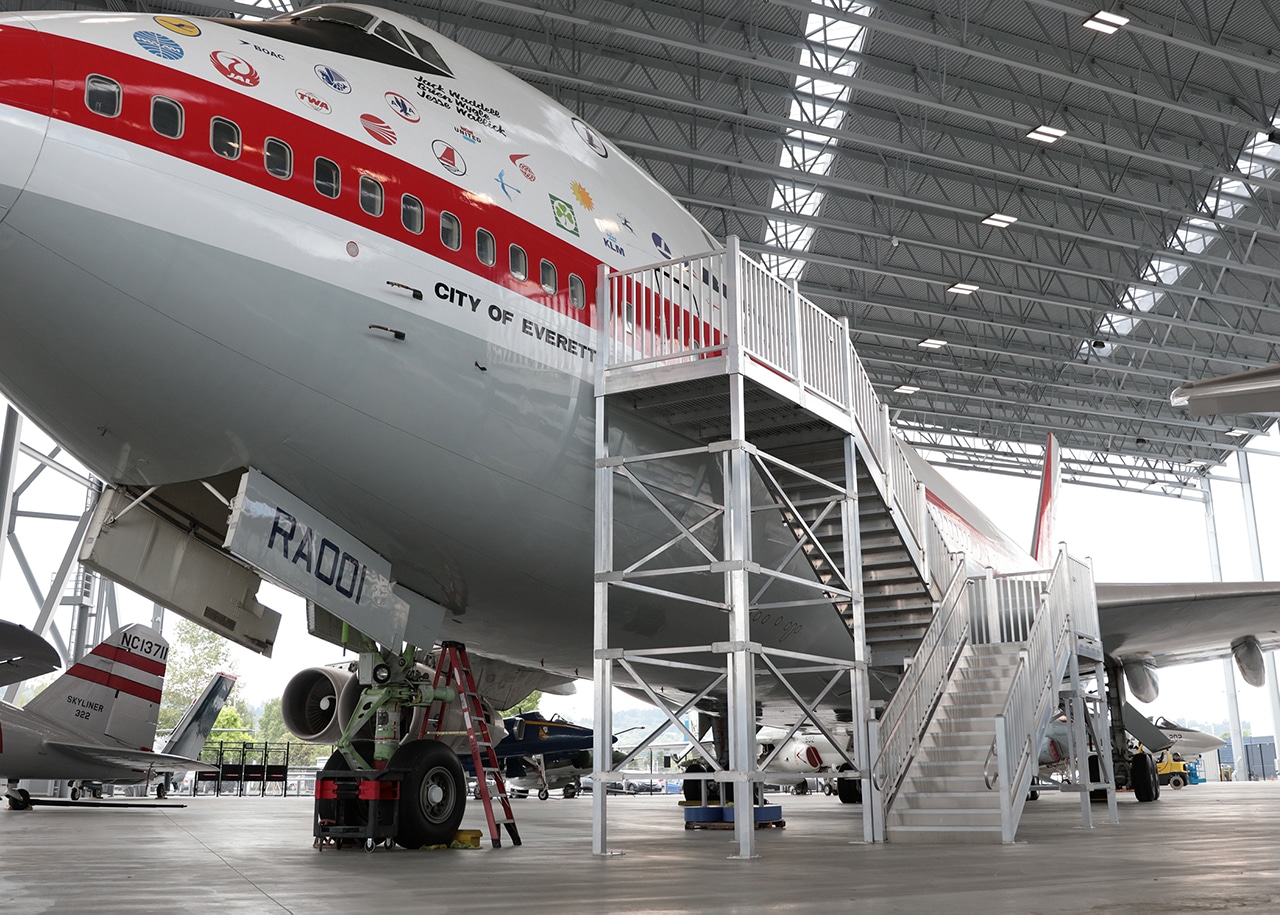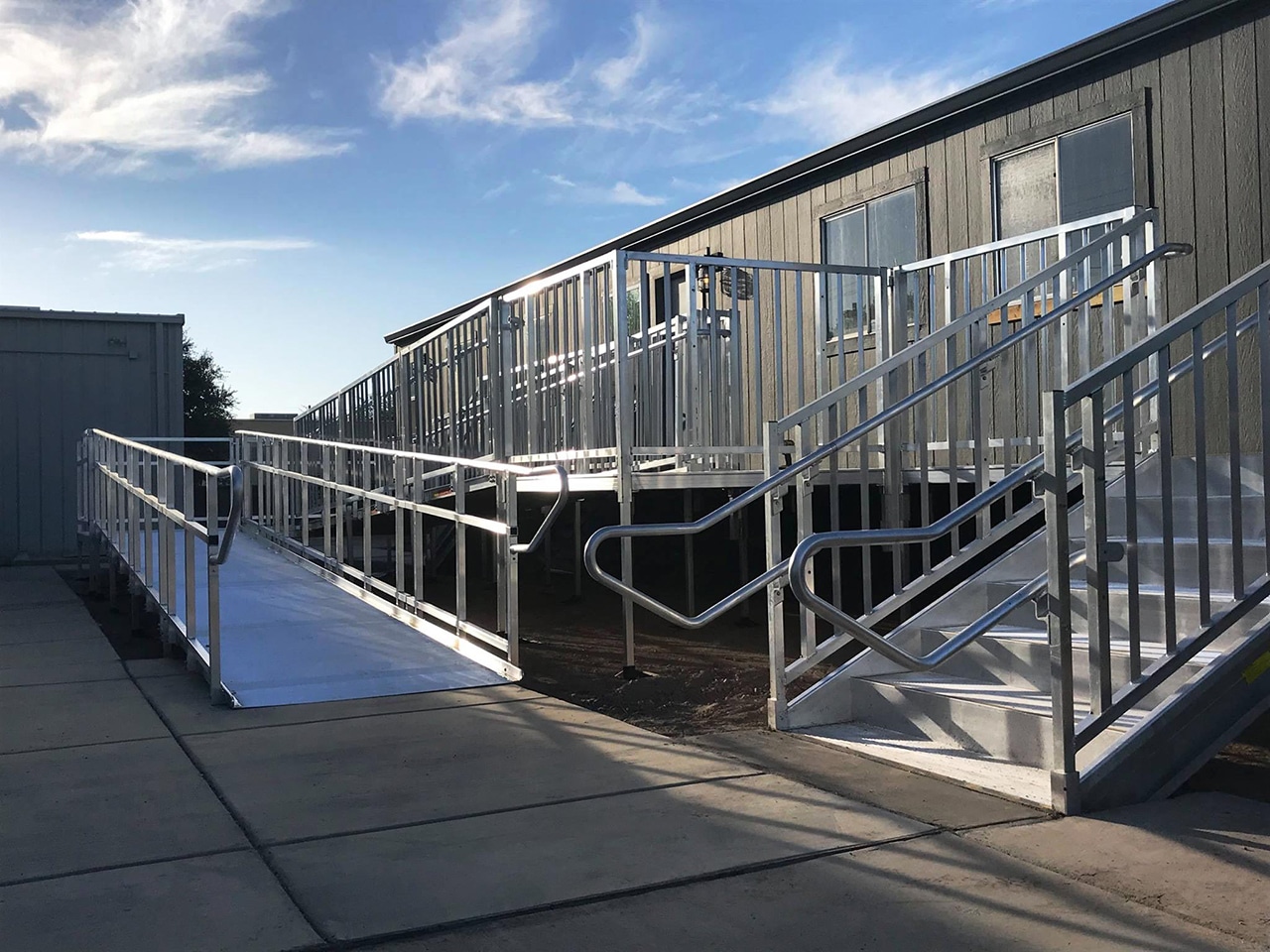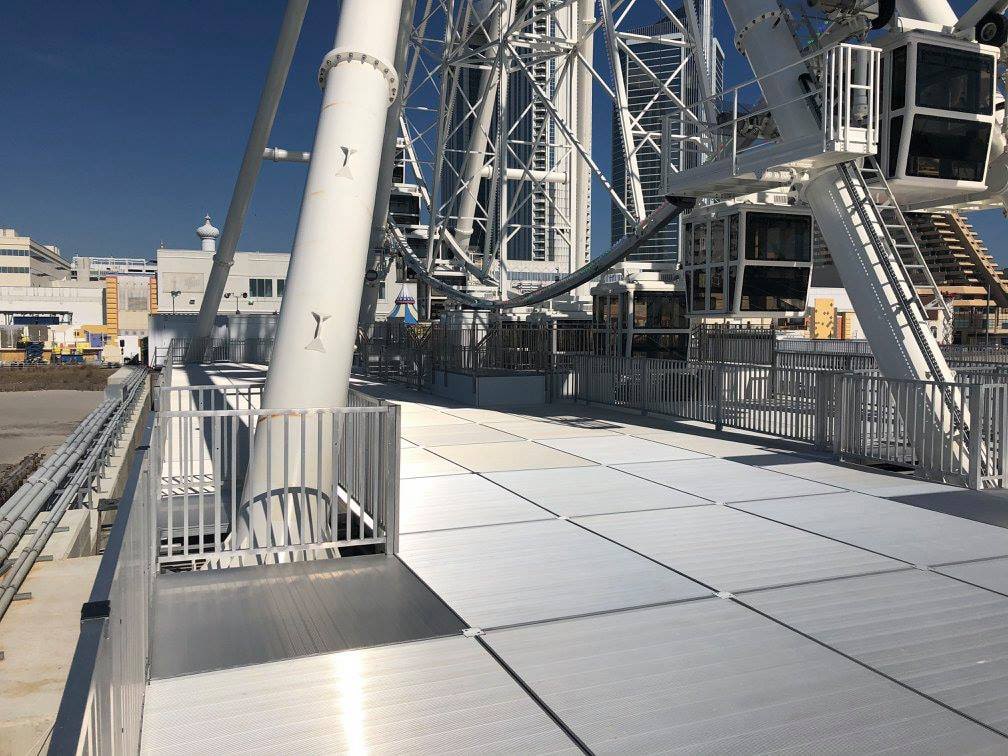The CEO of EZ-ACCESS discusses the importance of making all spaces accessible to people of all abilities.

This custom multi-story stair system at The Museum of Flight in Seattle allows visitors to access and see inside the plane on display. [Photo: Courtesy of EZ-ACCESS]

EZ-ACCESS pioneered the growth of the ramp industry through the marketing and manufacturing of portable aluminum wheelchair ramps years before building accessibility became part of a comprehensive national law. The company is a division of Homecare Products Inc., founded in 1984 by a mother and daughter to sell inflatable bathing items for disabled individuals. Three years later, brother and CEO Don Everard came on to help this family business expand into accessibility. “Once we got involved with disabled markets, we realized access was an issue,” Everard says. “We made our first portable ramp and realized the difference we could make in people’s lives by providing access to life beyond barriers.” In 1990, the U.S. federal government signed the Americans with Disabilities Act (ADA) into law, forever changing building design. Everard explains just what the ADA does, and why everyone from the renovator to the new builder should care.
The ADA is a civil rights law that prohibits discrimination based on disability—including physical and mental medical conditions—in all areas of public life. This significant law covers a lot of ground and encompasses five sections, one being public accommodations, which imposes accessibility requirements on public built environments. People have a right to life, they have a right to enjoy it, and they have a right to access it. It’s the responsibility of a business to ensure ADA-compliant access for individuals of all abilities.

Read more in May, when Everard explores what ramps work best where. [Photo: Courtesy of EZ-ACCESS]
It covers all facets of a building, but the ADA is not a building code. It’s a set of guidelines, and many states and local municipalities will craft and adopt their own codes using the ADA as a foundation. For example, in many states, ramps must be 48 inches wide. But in some states, 48 inches of space is required between handrails, requiring a larger platform than the ADA’s standard. This illustrates why it’s important to not only pay attention to the guidelines the ADA has in place, but also dig into established local codes. Many solutions miss the mark. Often we see long runs of ramping installed with only a platform at the top. To meet ADA standards, you need a resting platform after every 30 feet of ramping. Some designers also leave these platforms too small and don’t give adequate turn space for wheelchairs and other mobility devices.

EZ-ACCESS provides all manner of ramp solutions, even for amusement attractions like Ferris wheels. [Photo: Courtesy of EZ-ACCESS]
As you walk up a ramp, you should think, “What is the ADA trying to accomplish?” The answer is ease of access, and if someone can’t get through a door or get on a ramp, it’s not accommodating.
The ADA does allow variances for older buildings built before the ADA was established, but every public or commercial space must comply with the ADA and code requirements specific to their location. EZ-ACCESS offers solutions to make accessibility available to businesses.

